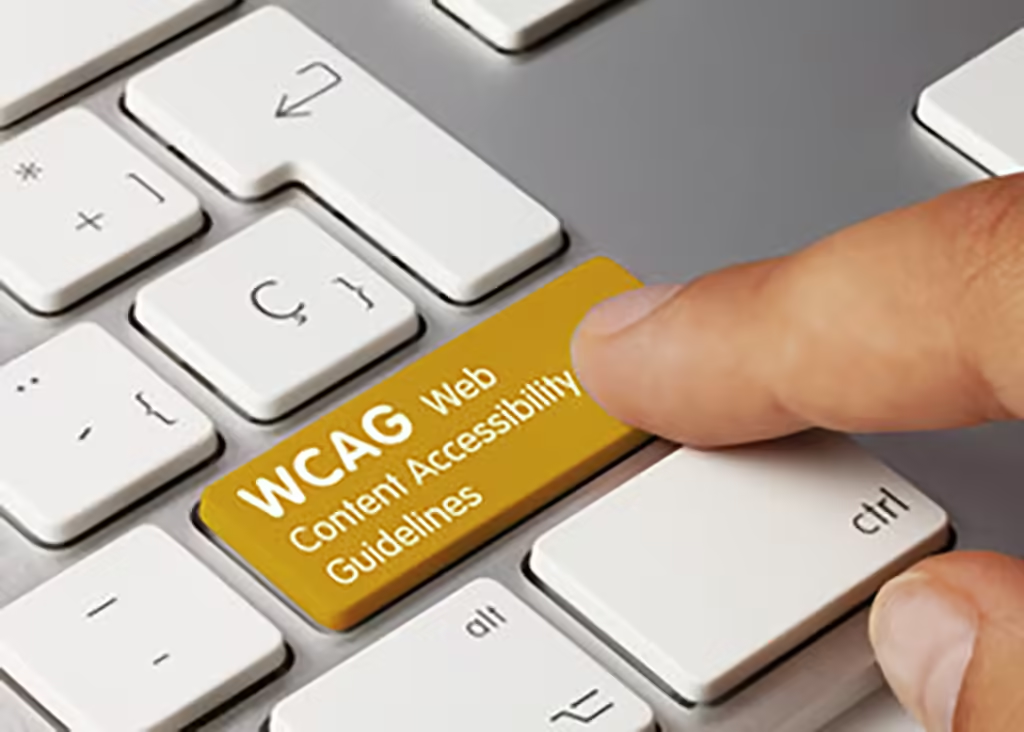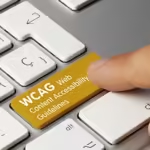Web Content Accessibility Guidelines (WCAG)
The Web Content Accessibility Guidelines (WCAG) play a critical role in website and mobile app design by ensuring that digital content is accessible to all users, including those with disabilities. Here are some key points highlighting the importance of WCAG in design:
1. Inclusivity
WCAG promotes inclusivity by making websites and applications usable for people with various disabilities, including visual, auditory, cognitive, and physical impairments. This ensures a wider audience can access and benefit from digital content.
2. Legal Compliance
Many countries have laws and regulations that require digital content to be accessible. Adhering to WCAG helps organizations comply with legal standards, such as the Americans with Disabilities Act (ADA) in the U.S. or the Equality Act in the UK, thereby reducing the risk of lawsuits.
3. Improved User Experience
Implementing WCAG principles often leads to a better overall user experience. Features like clear navigation, readable text, and effective colour contrast benefit all users, not just those with disabilities.
4. SEO Benefits
Many accessibility practices align with good search engine optimization (SEO) principles. For instance, using semantic HTML and providing alternative text for images can enhance search engine rankings, improving visibility.
5. Market Reach and Business Growth
By making products accessible, businesses can reach a larger customer base, including individuals with disabilities who represent a significant market segment. This can lead to increased customer loyalty and revenue.
6. Positive Brand Image
Commitment to accessibility reflects a company’s dedication to social responsibility and diversity. This can enhance brand reputation and foster goodwill among consumers.
7. Future-Proofing
-As technology evolves, accessibility needs may change. Adhering to WCAG ensures that websites and applications remain accessible to future technologies and user interfaces, such as voice-activated systems and virtual reality environments.
7. Future-Proofing
As technology evolves, accessibility needs may change. Adhering to WCAG ensures that websites and applications remain accessible to future technologies and user interfaces, such as voice-activated systems and virtual reality environments.
8. Enhanced Usability Across Devices
WCAG guidelines encourage responsive design principles that enhance usability across various platforms, including desktop, tablet, and mobile devices. This ensures users have a consistent and accessible experience, regardless of how they access the content.
9. Community Involvement
Engaging with users who have disabilities during the design and testing phases can provide insights into their needs and preferences, leading to improved accessibility and usability.
Conclusion Incorporating WCAG into website and mobile app design is essential not only for legal compliance but also for creating a more inclusive, user-friendly environment that can benefit all users. By prioritizing accessibility, organizations can enhance their reputation, increase their market reach, and contribute positively to society.
- Ranjeet Kalsi




